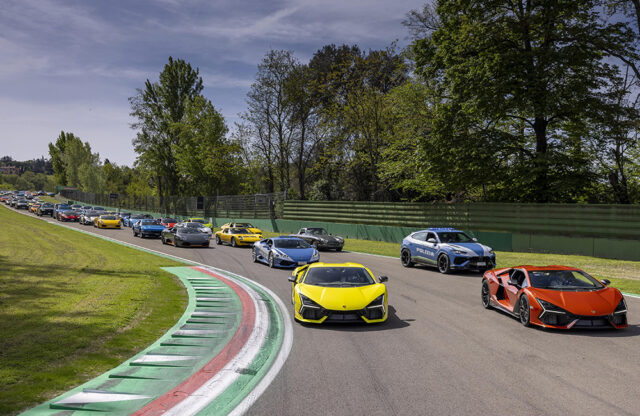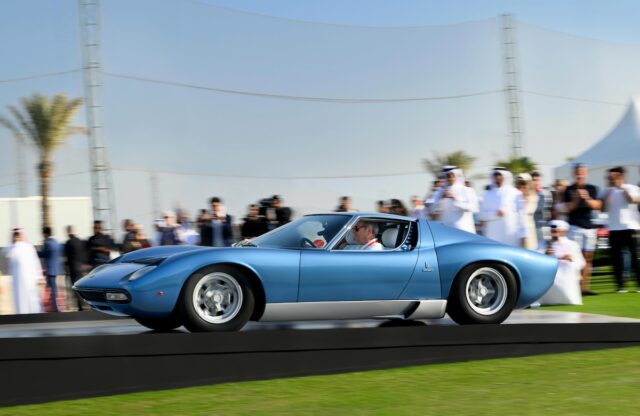The opening of the Zoute Grand Prix has seen the launch of the latest limited-run hypercar – the Capricorn 01 Zagato. The model was teased in late September, but now more details have become clear.
Under the Norihiko Harada-penned skin lies a 5.2-litre Ford V8, specially developed by Capricorn with a supercharger and dry-sump lubrication along with bespoke crankshaft, conrods, pistons, air intake, cooling system and exhaust. The ECU has also been developed in-house, as well as the mapping. The result is more than 900bhp and 737lb ft. The new engine is mated to a five-speed CIMA dogleg manual gearbox sending power to the rear wheels.
It’s claimed that the Capricorn 01 Zagato can sprint from 0-62mph in less than 3.0 seconds and hit 223mph all-out. However, chasing numbers and lap times are not its raison d’être…
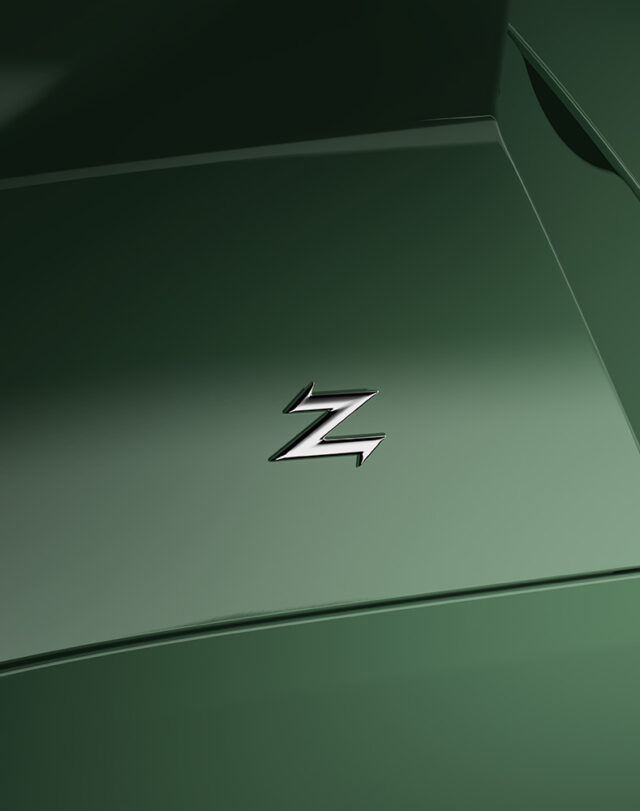
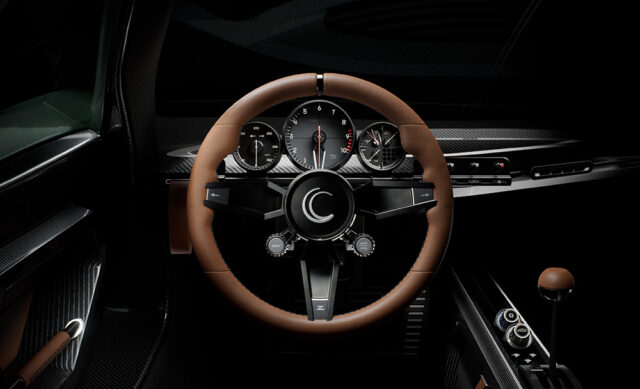
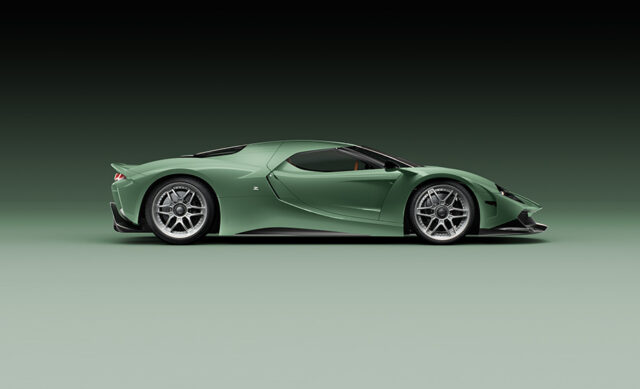
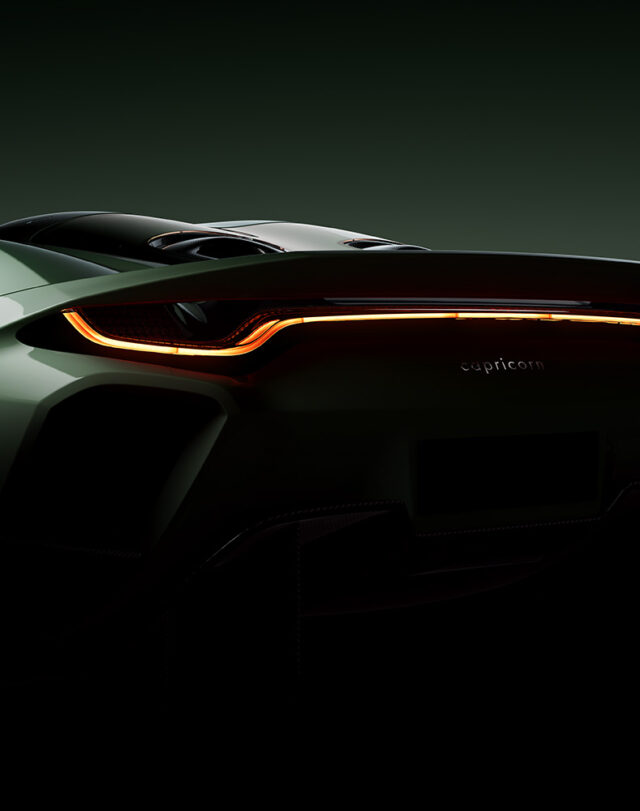
According to Capricorn CEO Robertino Wild, the newcomer represents a return to traditional “pure driving values”. “We had no wish to become involved in the current market trend for extremely high horsepower outputs, which are inevitably coupled with high weight due to the high degree of electronic components required to enable the driver to handle such extreme power levels,” he adds. “The Capricorn 01 Zagato produces more than 900bhp, so it has significant horsepower, but the key factor is that this is married with an ultra-lightweight engineering approach. As a result, the Capricorn 01 Zagato is a pure, analogue driver’s hypercar.”
He continues: “It is not about chasing ever-escalating extreme horsepower numbers or, indeed, bragging rights. Instead, we have focused on achieving a perfect power-to-weight ratio and delivering an engaging, uncompromising driving experience. The car is designed for the joy of driving, not for setting records.”
The use of a five-speed gearbox – a dogleg one at that – is an interesting choice. “It provides a more emotional, immersive, mechanical shifting experience that allows the driver to really feel and fully experience the rev changes, and the muscular nature of the engine working through its broad powerband. This is a decision that deliberately prioritises driver engagement and passion over the need for more gears.”
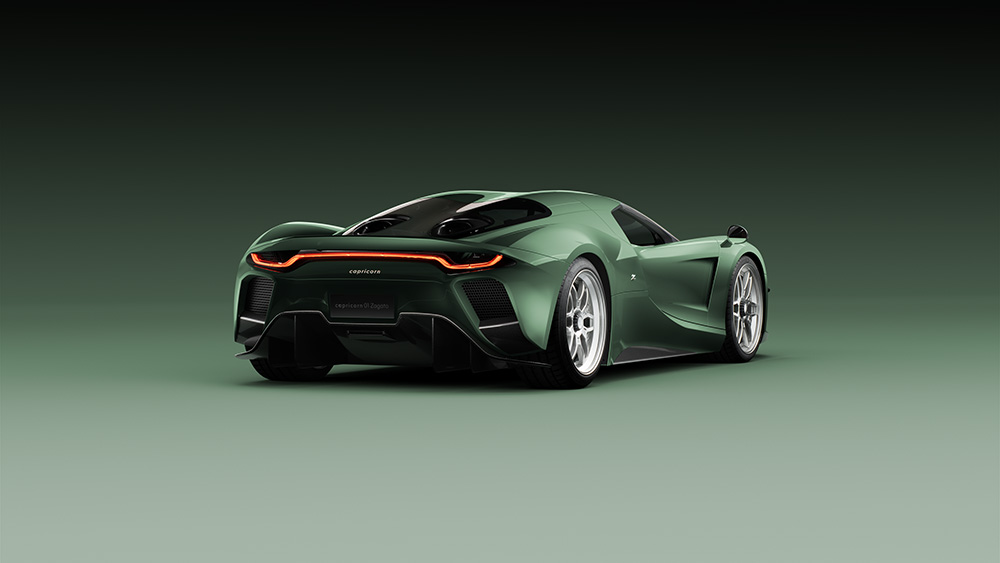
As Magneto discussed in the preview article, the Capricorn Group’s background involves providing parts for OEM motor sport applications such as Formula 1, LMP1, WEC and the WRC, and this experience has fed into the Capricorn 01 Zagato’s lightweight carbonfibre construction. As such, the car is claimed to have a dry weight of 1200kg. Capricorn says that experience garnered in LMP1 means that the structure, front and rear subframes, crash members and all body panels are constructed from carbonfibre.
Stopping power comes Brembo carbon-ceramic discs and six-piston calipers, shrouded in either 21in alloy or carbonfibre wheels. The suspension is a double-wishbone pushrod system with Bilstein springs, dampers and anti-roll bar. There are three damper settings available from a steering-wheel controller. The power-steering system has also been developed in-house. “We designed a bespoke electric power-assisted steering system for the car equipped with a small motor that provides assistance at low speeds but switches off completely at higher speeds,” says Wild. “This gives a direct, purely mechanical connection between the driver, the wheels and the road.”
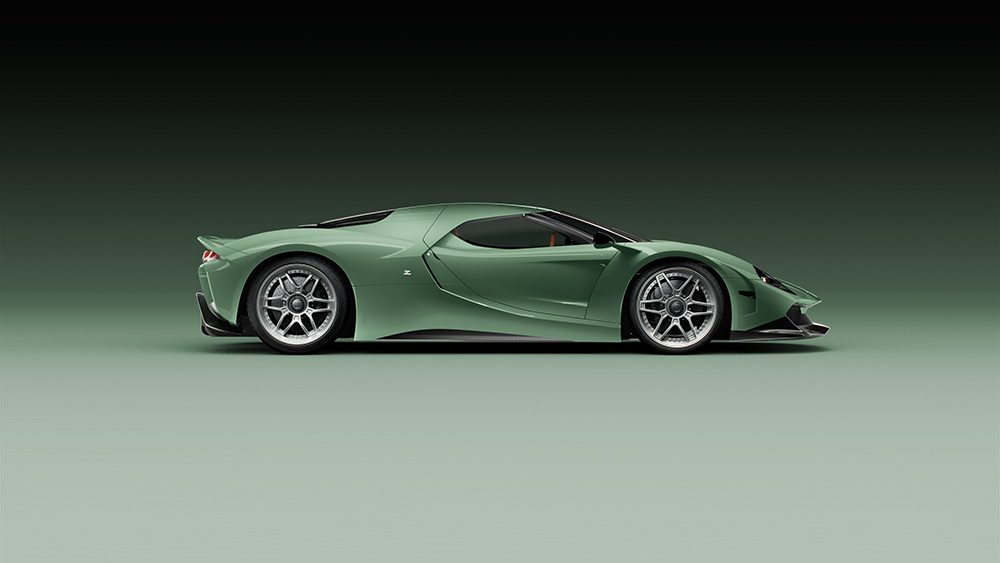
Capricorn says the interior has been designed for people of all sizes – it proudly points out that one of its lead engineers is 6ft 6in tall and can easily fit inside the cabin. The seats are fixed as part of the safety cell, and are equipped with four-point Schroth safety belts, yet the cushioning is adjustable, as are the steering column and pedal box.
The interior is intentionally stripped back for a racing-car aesthetic, but Connolly leather and Alcantara are used throughout the carbonfibre construction (which can be left bare if wanted). The switchgear is milled from solid titanium and aluminium. There’s also a 110-litre ‘frunk’ for luggage stowage, a four-wheel lift system and a reversing camera.
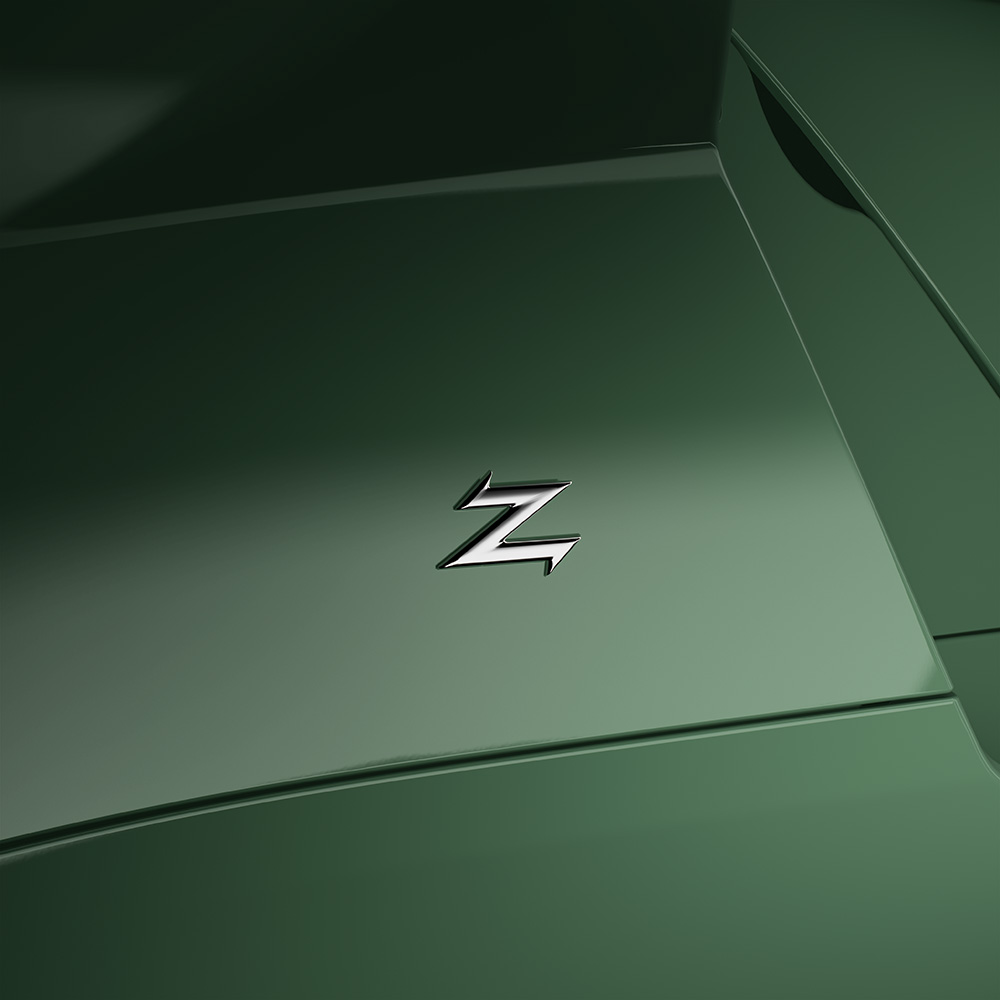
However, it is perhaps the exterior of the Capricorn 01 Zagato that will prompt the biggest discussion – unlike other hypercars, this model has not been designed for track performance. Although the design was put through Computational Fluid Dynamics analysis, Zagato says the aim was to create a timeless, elegant design, with much of the necessary aerodynamic work taking place under the car via front and rear diffusers and a small rear aerofoil.
“The Capricorn 01 Zagato has a lot of air intakes and air outlets, which characterise the vehicle’s overall aesthetic, while providing aerodynamic and cooling functionality. The most striking is the large air intake at the rear, behind the driver’s door, where the surface of the door is used to channel air to the intake. A pin-sharp design line runs over the front fender and along the door before seeming to ‘disappear’ into the air intake, and then suddenly ‘reappearing’ on the external surface of the car again to sweep over the rear fender,” says Harada.
“While it looks like nothing else on the road today, the Capricorn 01 Zagato is not a car from a sci-fi movie or a game; it is a car that can take its place in the history of the automobile with confidence,” he continues. “Naturally, it reflects Capricorn’s lightweight engineering values and Zagato’s proud design heritage. From the start, it was critical that Zagato’s first hypercar should stun people with an aura of modernity and an intensely avant-garde nature. Andrea Zagato was very clear on that, and Robertino was always pushing me to go further and further. This was fantastic, because it gave my team and me complete freedom – which is not always the case with designing a car for a client.”

Just 19 examples of the Capricorn 01 Zagato will be built, constructed by hand in Düsseldorf, Germany. Any body colour is available, and exposed carbonfibre is available – you can even order a bespoke carbonfibre weave pattern. Each car comes with a two-year warranty and a four-year service plan; sales will be handled by the Louyet Group. It’s homologated for the EU, UK, Switzerland, Japan, Mexico, Canada and the Middle East. Each one costs €2.95 million before taxes.
The Capricorn 01 Zagato is the first of several cars planned, with the company’s Nürburgring production site being expanded in 2026 to 18,000 square metres and the ability to build 100-200 cars per year.
More details can be found here.


